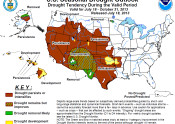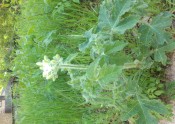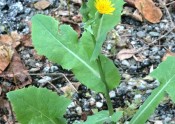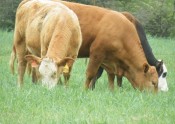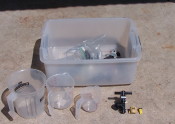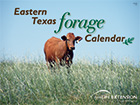
Many growers make no distinction at all between perennial and annual sow thistles. That’s because all three versions are tall weeds with yellow, dandelion-like flowers and stems that produce a milky sap. Seedlings of the two species(Sonchus asper & Sonchus oleraceus) are practically indistinguishable, and may be difficult to tell apart even at spray stage without examining the root system. Annual and perennial sow thistle will be covered in an upcoming post. Spiny Sow Thistle (Sonchus asper): An annual that has bluish-green leaves and stems that emit a… Read More →
